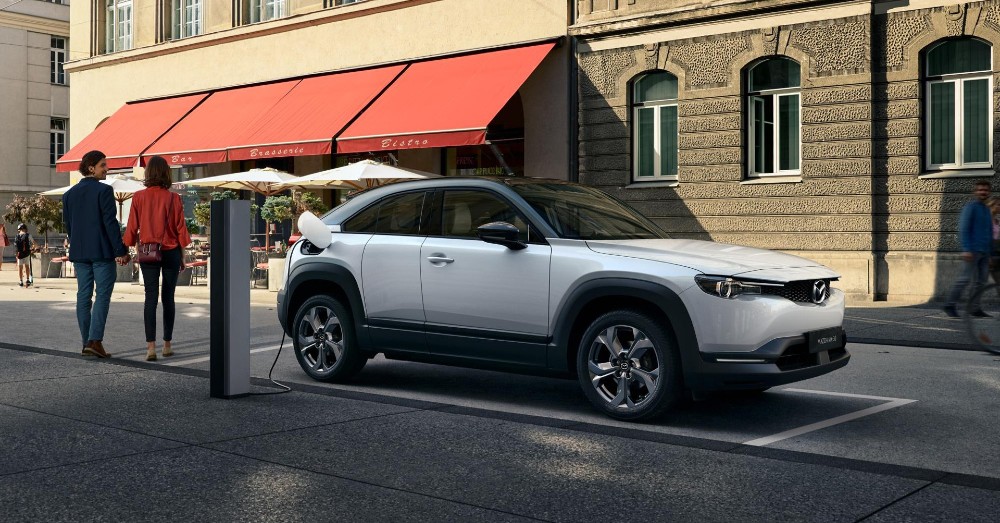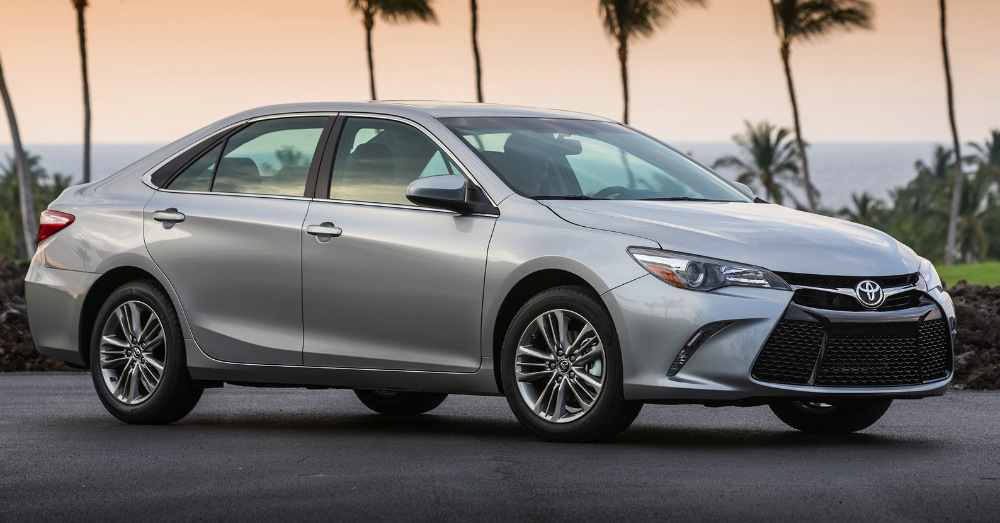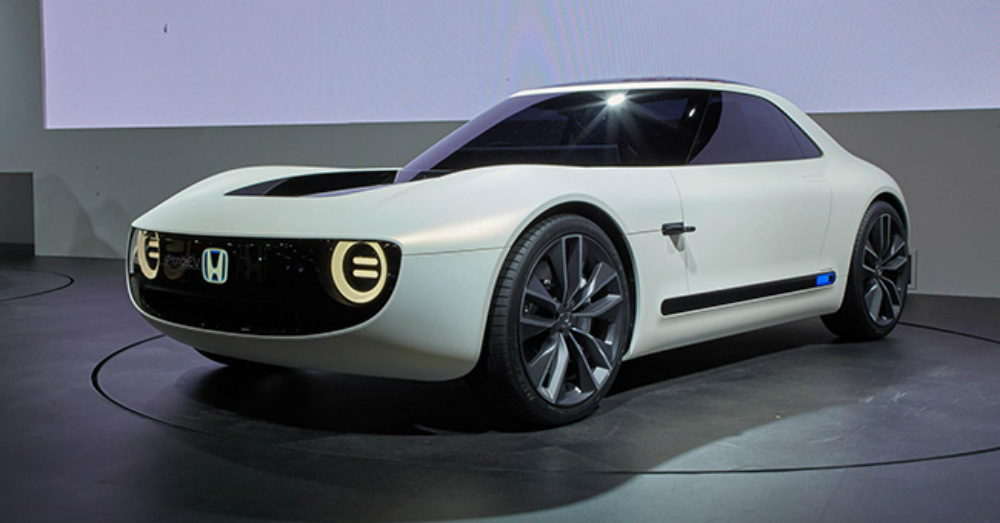
Toyota, Mazda, and Denso Band Together for EV
The electric vehicle market is getting increasingly competitive as almost all the automakers around the world are in a race to introduce EV versions of current models, or to come out with entirely new models that are electric-only.
In order to cut costs and ramp up production and design, Japanese automakers and several major parts suppliers have joined forces to standardize the way they design vehicles.
Promoting Model-Based Development
Mazda, Nissan, Toyota, Honda, and Subaru are the automakers in the joint effort, and the parts suppliers include Denso, Panasonic, Mitsubishi Electronics, Aisin, and Jatco. These founding members will participate in a new organization with the purpose of creating model-based development. A model-based approach is considered a functional way to save costs and time in the car development process as it allows developers to find and trace errors in the early stages.
Some major automakers already use model-based development, but adding parts suppliers is an innovative additional step that is expected to increase competitiveness in Japan’s automotive market. Right now, the industry is scrambling to catch up as it works on more electric vehicles and new technology like autonomous driving.
Mazda Leads the Way
Mazda fully embraced the model-based approach back in the early 2000s, which made it the first major Japanese automaker to do so. Mazda senior innovation fellow, Mitsuo Hitomi, expressed that spending too much time ironing out differences with parts suppliers is simply a luxury that they don’t have if they want to pursue new technologies. Improving efficiency across the board is a major goal and part of the reason for this adventurous decision.
In using model-based development, a full digital simulation of a car is created to allow designers to see which parts might cause malfunctions and which areas are less efficient than others. This saves a lot of time over actually building a real physical model and testing it. The digital approach is both cheaper and faster than the physical approach.
When Mazda shifted to model-based development in the 2000s, the approach led to the development of Skyactiv, which is a fuel-saving technology that Mazda first put in its CX-5 SUV when it was released in 2012. In general, Mazda was able to cut engine development time in half with this model-based approach.
Coming Soon To Your Mazda Dealer
Other Japanese automakers eventually also embraced this approach, including Toyota and Honda. However, parts suppliers have generally been slow to do so. The main reason is smaller parts houses don’t have the capital to hire tech-savvy engineers and instead, tend to rely on veteran machinists.
However, this new joint effort between parts suppliers and major automakers is expected to have a major effect on the industry. You can expect to see more redesigns coming to your local Mazda dealer in the next few years.
This post may contain affiliate links. Meaning a commission is given should you decide to make a purchase through these links, at no cost to you. All products shown are researched and tested to give an accurate review for you.



